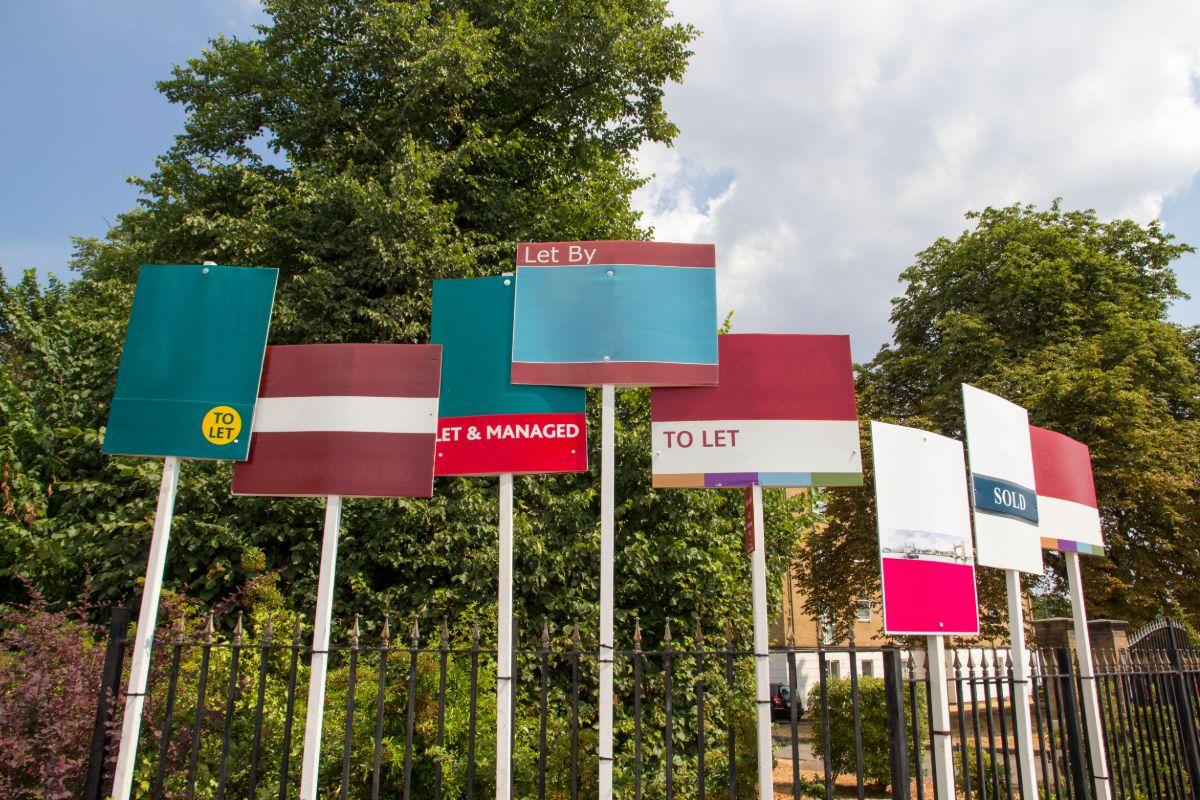
Finding the right property is the key to being a successful student landlord. Here is our research on best UK locations and potential yields for your investment opportunities.

Whether you’re thinking of growing your portfolio or becoming a first-time buy-to-let landlord, there are plenty of important decisions ahead.
The first challenge is a matter of maths: do the sums add up to make this investment worthwhile?
Get it right and you’ll be among the 83% of private UK landlords who make a profit on their portfolio. Get it wrong and you’ll be paying for a very expensive mistake.
Here we explain what financial factors to take into consideration when choosing your next rental property. And how to put your learnings into practice to maximise your landlord profit.
Step #1: Explore the Market
If you’re among the 19% of landlords currently planning to expand their portfolio, your first step should be to get a feel for the market.
Whether you’re happy to be a long-distance landlord or prefer to stay local, do your homework. What type of properties are on letting agents’ books? Which ones get snapped up quickly? What sort of tenants are attracted to the area? How could your new property help to meet demand?
Swot up here and you’ll be perfectly placed to choose the right buy-to-let for maximum profit.
Step #2: Research Rents
Once you’ve drilled down into property and tenant types in your chosen area, the first piece of your financial jigsaw is based on assessing potential rental prices.
An expert letting agent like MakeUrMove can help here. Their insight into typical rental fees and informed projections about future levels will prove invaluable.
Find out which local factors influence rental amounts. If your plan is to invest in a family semi, ensuring it’s close to good schools could allow you to charge that little bit more. Or if your goal is to purchase a luxury apartment targeted at young professionals, check out the public transport links and nearby nightlife. If it’s in the heart of the action, they’ll be willing to pay extra.
Step #3: Calculate the Rental Yield
The rental yield of your property is how much profit you can make from it, as a percentage of its value.
To figure it out, use this simple equation:
Annual rental income ÷ value of property x 100
For example, if you buy a property for £250,000 and plan to charge £1500 pcm, your yield would be 6%:
£15,000 ÷ £250,000 x 100 = 6%
Yields vary depending on the wider property market and specific areas but savvy landlords should be aiming for between 5-8%. This should give you sufficient leeway to make a decent profit from the property, after all other related expenses are covered.
The first quarter of 2021 saw average yields across the UK hit 6%, a three-year high. Since then, this figure has only dropped 0.1% as tenant demand remains high.
Step #4: Understand Tax Demands
As a buy-to-let landlord, another important part of your profit planning is to ensure you understand your tax obligations. These can make a serious dent in your final income.
You must pay income tax on any profit made through letting your property. ‘Profit’ means what’s left over from your rental income after deducting any allowable expenses. These include:
letting agent fees
landlord insurance
legal fees
maintenance and repair costs
interest on a buy-to-let mortgage
Keep in mind that mortgage interest tax relief arrangements have changed and are now based on a tax credit system. If you’re a higher rate taxpayer, this will affect your overall profit.
Buy-to-let properties also come with higher stamp duty fees, another important consideration when expanding your portfolio.
Unless you’re a first-time buyer, you’ll have to pay a 3% surcharge which could potentially add thousands to the cost of your purchase.
Step #5: Set Your Budget
This stage takes you full circle back to step #1. Now you’re armed with accurate financial projections and detailed market insight, you can go property shopping with confidence.
With no onward chain, you’ll be in a strong position to negotiate the best deal. But remember, don’t stretch your budget too far. You’ll know from your calculations that margins on property investment can be low.
So set a budget and stick to it, safe in the knowledge that your careful planning will pay off and your new buy-to-let property will do what it needs to do: produce profit.
For more expert property advice, check out the MakeUrMove blog